Separating Fact From Fiction: Debunking 7 Major Ketamine Myths
Written By: Natasha Felton
As a licensed mental health professional, my practice is centered around guiding individuals through the labyrinth of life, and dispelling the myths and uncertainties that often cast shadows on our path to understanding. Ketamine, a potent therapeutic tool, has gained increasing prominence in the realm of mental health treatment. Yet, it is often obscured by a veil of misconceptions and misinterpretations. This article aims to disentangle fact from fiction, addressing seven prevalent misconceptions surrounding ketamine.
Myth 1: Ketamine – A Solely Veterinary Anesthetic
Truth: While it is true that ketamine is employed as an anesthetic in veterinary medicine, including larger animals, such as horses, it was initially designed for human use. Its primary applications span anesthesia and off-label psychiatric treatments for disorders such as anxiety, depression, and PTSD. The nickname "horse tranquilizer" is a diminutive label that detracts from the comprehensive therapeutic capacity of ketamine in human medicine.
Myth 2: Ketamine – Recreational Substance or Therapeutic Agent?
Truth: Despite the notoriety of ketamine as a party drug, known under pseudonyms like "K," "Kitty," or "Special K," its illicit use does not eclipse its medicinal value. Since the FDA granted approval in 1970, ketamine has been utilized safely as an anesthetic and, more recently, as a treatment for various mental health conditions such as depression, suicidality, and now anxiety and PTSD. Its inclusion in the World Health Organization's List of Essential Medicines underscores ketamine's indispensable role in health care.
Myth 3: Ketamine Therapy – An Invitation to the "K-hole"
Truth: The term "K-hole" is generally associated with the powerful dissociative experience evoked by the substantial recreational use of ketamine. Nevertheless, in a medical context, the likelihood of a patient encountering a "K-hole" is extremely low. Ketamine is administered by certified healthcare professionals at subanesthetic doses, ensuring an optimal set and setting, and providing necessary support and preparation. These measures ensure a secure and effective treatment experience, mitigating the risk of unwanted effects.
In my experience, people usually have a relaxing experience in which they have an increased sense of connection to the world and to others. They experience an increase in empathy towards themselves and others. Sometimes people can have some visions/hallucinations. I am there in the office with clients at all times and help to keep them safe and comfortable.
Myth 4: Ketamine – A Psychedelic Impostor or Genuine Article?
Truth: Even though ketamine does not interact with the 5HT2A serotonergic receptors like classic psychedelics (e.g., psilocybin and LSD), it displays psychedelic properties and reliably induces a psychedelic experience in patients. Defining a psychedelic strictly based on its interaction with specific receptors is an oversimplification that overlooks the broader phenomenological experience induced by ketamine. The exact nature of the experience may vary depending on individual factors, dosage, and environmental circumstances, but ketamine certainly warrants inclusion in the group of psychedelic substances.
Myth 5: The Potential for Addiction with Ketamine
Truth: Addiction is a documented side effect of prolonged recreational use of ketamine. However, it is vital to distinguish between recreational use and the controlled administration of ketamine within a therapeutic context. When patients adhere to the therapeutic protocol supervised by a licensed clinician, the risk of addiction is significantly diminished, if not completely eradicated. Within the bounds of professional guidance, ketamine therapy bears little resemblance to the hazards associated with recreational use.
Myth 6: Ketamine – A Universal Cure for Mental Health?
Truth: While ketamine and other psychedelic medicines are promising in addressing various mental health conditions, they should not be perceived as a miracle cure that instantly resolves all issues. To attain the anticipated outcomes, patients must be prepared to engage in integration, and occasionally intense emotional processing—commonly referred to as "doing the work" within the context of psychedelic therapy. Through active participation in the therapeutic process, patients can effectuate positive, enduring changes in their lives.
Myth 7: Ketamine – An Unproven, Experimental Anomaly
Truth: Contrary to this misconception, ketamine has a long-standing legal status and a wealth of scientific research supporting its clinical application. With more than half a century of use in anesthesia and a burgeoning body of evidence validating its efficacy in mental health treatment, ketamine is far from being an unproven, experimental, or outlawed substance. Under the supervision of licensed clinicians, ketamine therapy is an established, thoroughly tested, and legal treatment option.
In my role as a therapist at Mind Body Seven, I am committed to providing accurate information and comprehensive care for those seeking to enhance their mental health. By debunking these prevalent ketamine myths, I aim to shed light on the reality of this potent treatment option, enabling individuals to make informed decisions about their mental health journey. With the right guidance and support, ketamine therapy has the potential to revolutionize lives and illuminate the darkest recesses of human experience.
Mind Body Seven clinicians offer treatment in Brooklyn and via teletherapy for adolescents and adults. If have not worked with us and want to get started please contact us here, so we can set you up with the clinicians that best suit your individual needs. If you are an existing patient get in touch with us here to set up your next appointment.

